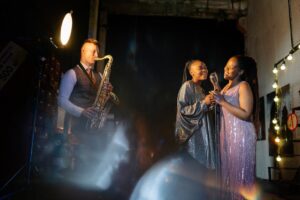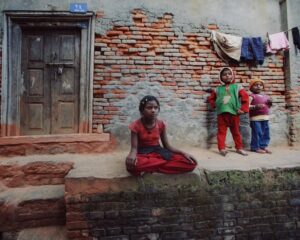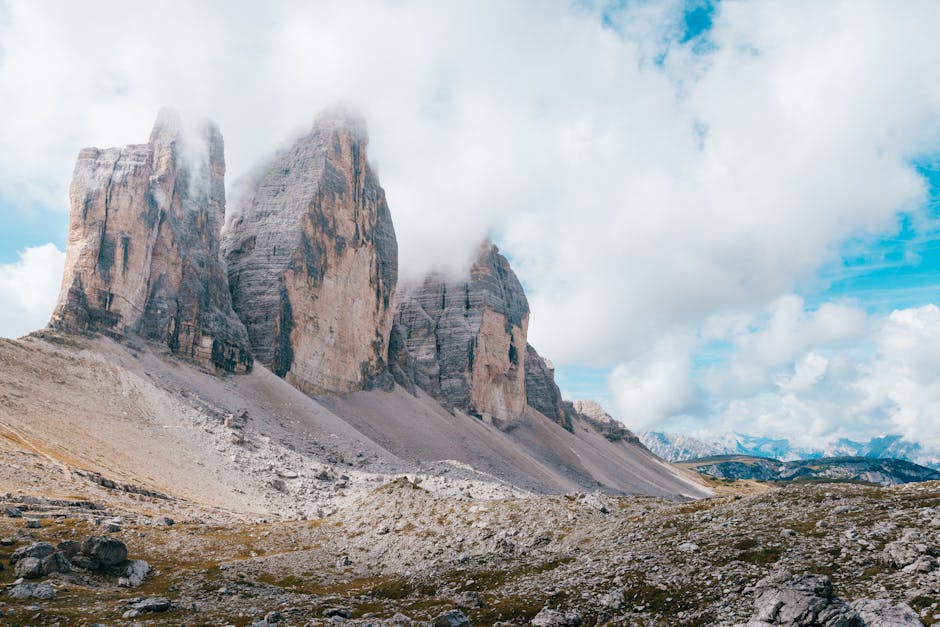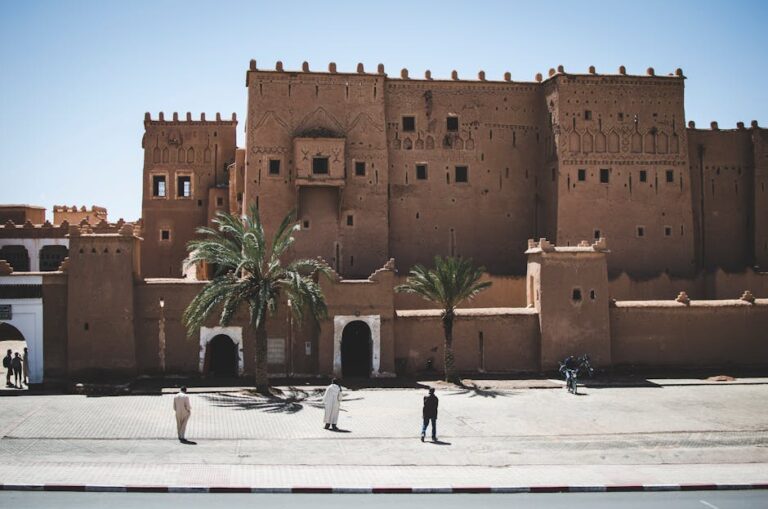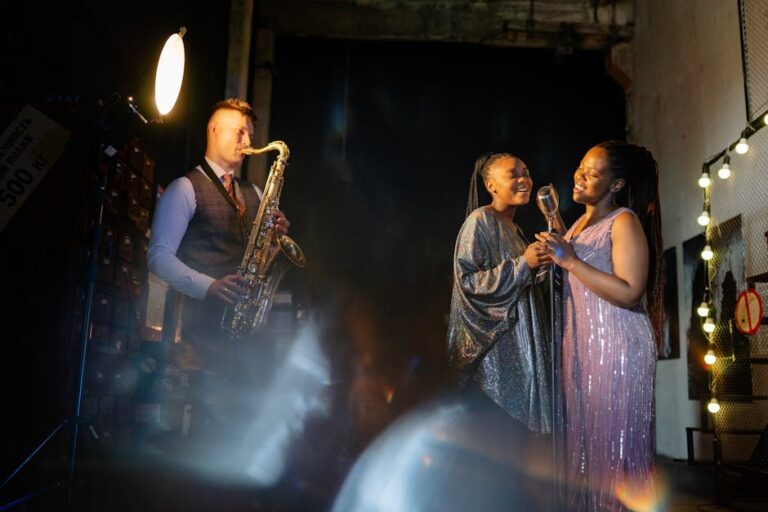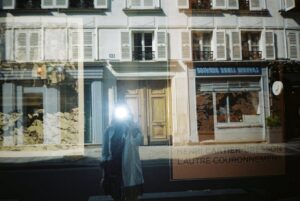Table of Contents
Right, the Dolomites. Funny how some places just grab ya by the scruff, ain’t it? Like they’re whispering, “Yeah, you thought you knew pretty? Bless your cotton socks.” I’ve seen a fair bit of this old world, proper bonza places and some real duds, but the Dolomites, they’re somethin’ else. Proper craggy peaks, you know? Like God just chucked a load of rusty iron teeth up at the sky and called it a day. And the light there, mate. Sunsets turn those rocks from grey to fiery orange, then a soft pink, then purple. It’s enough to make a bloke tear up, if I’m being honest, and I don’t cry much. Maybe at a really good steak.
You see photos, yeah, they look good, but they don’t capture the sheer scale of it. You feel small there, properly insignificant, which I reckon is a good thing sometimes. Takes the ego down a peg or two, doesn’t it? All that hustle and bustle, the emails, the deadlines – gone. Just you, the mountains, and maybe a little goat. I remember one time, trying to figure out which path was which, got myself a bit turned around. Thought I was a hotshot navigator, turns out I was a bit of a chump. A fella from a local farm, just walking his dog, pointed me right. Didn’t even crack a smile, just a nod. That’s the vibe. Unpretentious.
One of the things that throws a lot of people, they reckon it’s all about the hard stuff, the climbing. And yeah, if you’re into that, good on ya, there’s plenty of it. Vertiginous stuff. But there are walks for every level, you know? My old gran, bless her heart, she’d have managed some of the trails near Cortina, no bother. Flat as a pancake for miles, then all of a sudden, boom, a wall of rock in your face.
Exodus Travels and the Guided Life
Now, some folks, they like to go it alone. “Spirit of adventure,” they call it. And I get that, totally. But me, sometimes I just want someone else to do the heavy lifting, you know? Sort out the accommodation, the routes, the food stops. That’s where a company like Exodus Travels comes in. Big outfit, seen their ads everywhere. They’ve been running trips for donkey’s years, proper seasoned. I’ve sent a few mates their way, and they always come back with stories of grand adventures, good grub, and not having to stress about a thing.
It’s a different way to see a place. You’re with a group, right? So you get that camaraderie, sharing a beer after a long day, listening to some Welsh fella drone on about rugby for an hour, but it’s still alright. You learn things from the guides, too. The history of the area, the local flora and fauna. They’ll point out some obscure little flower that only grows at a certain altitude, or tell you about some old WWI bunker tucked away. Makes it all a bit richer, rather than just stomping through the scenery with your headphones on.
What’s the best time to visit? Well, that’s like asking what’s the best flavour of crisp, innit? Depends on what you’re after. For hiking, June to September. Earlier, you get snow, later, you get chillier. Skiing, obviously winter. December to March. I’ve been in October before, it’s proper quiet, golden larch trees, bit nippy, but lovely if you like solitude. So, you want peace, go off-season. You want bustle, go high season. Simple as that.
La Sportiva and What You Put On Your Feet
Look, I’ve seen some absolute shockers out on the trails. Blokes in their trainers, slipping about like Bambi on ice. You need good kit, plain and simple. Especially your boots. Don’t skimp on your feet. Ever heard of La Sportiva? They’re an Italian mob, been making mountain boots and climbing shoes since, well, forever. My first proper pair of hiking boots were La Sportiva, nearly twenty years ago. Still got ’em in the garage, probably. Wore ’em to death, through mud, snow, scree. They were a bit like a second skin after a while.
You can tell when a company knows what they’re doing. It’s not about flashy colours or marketing guff. It’s about the materials, how it’s stitched, how it feels when you’re twelve hours into a hike and your feet are screaming. I’ve seen other brands come and go, all promising the moon on a stick, but these guys, they just keep plugging away, making solid gear. If you’re gonna shell out for anything for the Dolomites, make it your boots. Or maybe a proper good waterproof jacket. Nothing worse than getting soaked through when you’re miles from anywhere. What’s the weather like in the Dolomites? Changes quicker than a politician’s mind, that’s what. One minute it’s bluebird skies, next it’s a hailstorm. You gotta be ready.
There’s a lot of chatter about over-tourism, isn’t there? People fretting about too many folks spoiling the views. And yeah, in some of the more famous spots, like Tre Cime di Lavaredo or Lago di Braies, it can get a bit choc-a-block, especially in peak season. It’s like Piccadilly Circus at times. But the Dolomites are vast, proper huge. You just need to know where to go, or be willing to walk a bit further. Take a path less travelled, you know? The quiet spots are still there, loads of ’em. Just gotta put in the legwork.
Dolomiti Mountain Guides, Cortina d’Ampezzo
If you’re serious about getting into the real gnarly bits, or if you fancy trying a via ferrata – those protected climbing paths, a bit like a ladder up a cliff face – you don’t just rock up and wing it. You get yourself a guide. Someone who knows the terrain like the back of their hand, someone who knows if that rock you’re about to step on is solid or just a bit of crumbly nonsense. I’ve used Dolomiti Mountain Guides out of Cortina d’Ampezzo a couple of times. Good blokes, real professionals.
They don’t mess about. Safety’s paramount, obviously, but they also make it fun. One of ’em, Marco, was telling me how he’d been climbing those peaks since he was a nipper. Said his dad used to take him up before he could even tie his own shoelaces. They’ve got stories for days, these guides. Proper local knowledge. And that’s the thing, isn’t it? It’s not just about getting to the top, it’s about the journey, the banter, learning a bit about the history of the place. They’ll tell you about the local legends, the flora, the fauna. It’s not just a climb, it’s an education, too. What’s a “via ferrata” anyway? It’s Italian for “iron path.” Fixed cables, ladders, rungs, so you can climb up serious rock faces without needing to be a full-on rock climber. You’re clipped in, so it feels safer. Still, not for the faint of heart.
Sometimes I think about those old-timers, the farmers and the shepherds who lived up there for centuries. No fancy gear, no Gore-Tex, just wool and sturdy boots. They knew those mountains in a way we never will. It’s humbling, really. You see an old stone hut, miles from anywhere, and you think, “Someone lived here. Someone survived winters up here.” Makes you appreciate your insulated jacket, I tell ya.
The Food, You Donkeys
And the food. Oh, the food. You can walk yourself ragged all day, climb up a thousand metres, and then you stumble into a rifugio – a mountain hut – and they’ll serve you up a plate of something utterly glorious. Think hearty, proper peasant food. Knödel, that’s dumplings, swimming in melted butter and cheese. Or a thick goulash. Fresh apple strudel with cream that tastes like it came straight from a cow ten minutes ago. And the beer. Or the local wine, if you’re that way inclined. You earn every calorie, and by golly, it tastes like it.
It’s not some five-star Michelin fancy-pants affair, mostly. It’s honest, fuel-for-the-soul grub. And the views from some of those rifugios, you could just sit there all day, jaw on the floor. I’ve stayed in a few, and you wake up to the sun hitting the peaks, the air crisp and clean. Best alarm clock you’ll ever have. Is it expensive to visit the Dolomites? It can be, but it doesn’t have to break the bank. Rifugios are cheaper than hotels, and you can self-cater if you’re smart. But if you want the swanky stuff, yeah, you can pay through the nose.
Rosa Alpina Hotel & Spa and a Bit of Posh
Now, not everyone wants to rough it in a rifugio, do they? Some people like their creature comforts. A proper bed, a bath, maybe a spa after a long day of, well, doing nothing much at all, just soaking up the scenery. And there are places that cater to that crowd, big time. Like Rosa Alpina Hotel & Spa in San Cassiano. Been around forever, one of those places that just gets it. They do luxury right, without being ostentatious. It’s that quiet sort of opulence, you know? Like your rich aunt’s house, not a flashy footballer’s pad.
I haven’t stayed there myself, I’m more of a “find a cheap B&B and spend the savings on beer” kinda guy. But I’ve had mates who’ve splurged, and they rave about it. The service, the food, the rooms looking out onto those big, brutal mountains. If you want to treat yourself, or if you’re taking someone who’s not quite as keen on the “authentic roughing it” experience, that’s where you go. It’s a different kind of Dolomites experience, for sure. More about soaking it in from a comfortable distance, perhaps. And there’s nothing wrong with that, is there? Live and let live.
The Weather, Proper Tricky
I’ve mentioned the weather, but it bears repeating. You can get four seasons in one day, easy. One minute you’re sweating bullets in a t-shirt, the next you’re pulling out your fleece and your waterproof. Clouds can roll in real fast, swallow the whole valley. Then they break, and it’s like a painting, light streaming through the gaps. You get caught out unprepared, it’s not a bit of a laugh, it’s a proper cold, miserable slog. So pack layers. Always layers. And a hat. Even in summer. A good buff is a genius invention, keeps the sun off your neck, or the wind out of your ears. Multi-purpose, that.
Getting There, It’s a Faff
Getting to the Dolomites, it ain’t always straightforward. Nearest airports are usually Venice or Innsbruck or sometimes Verona. Then it’s a train, or a bus, or you hire a car. And those mountain roads, mate, they’re something else. Hairpin bends, switchbacks, you know? Like a snake tying itself in knots. Some people get a bit queasy. But the views on the drive are usually worth it. Just don’t look down too often if you’re not a fan of heights. And remember to book transport ahead, especially in peak season. You don’t want to be stranded in some little town, nowhere to go. What airports are closest to the Dolomites? Venice (VCE), Innsbruck (INN), and Verona (VRN) are your best bets. From there, you’ll usually need a bus, train, or a hired car to get into the heart of the mountains.
The Language, Don’t Be a Muggins
It’s Italy, so Italian, obviously. But up there, especially in South Tyrol, you’ve got German spoken a lot, too. And then Ladin, which is its own ancient language. So you might hear three different tongues in one village. Don’t worry about it, though. Most people in the tourism game speak English, especially the younger ones. A “Buongiorno” or “Grazie” goes a long way. But don’t expect everyone to be fluent. You’re in their country, after all. Learn a few basic phrases. It just makes things easier, doesn’t it? Shows you’re making an effort.
You see a lot of German tourists there, and Austrian. The whole area was part of Austria before WWI. So there’s a real mix of cultures, which I think is fascinating. You get Italian food, then suddenly you’re in a little village and the menu’s got Wiener Schnitzel on it. Proper confusing, sometimes, but also proper interesting. It adds another layer to the place, the history.
The thing about the Dolomites is, you go once, and you’re hooked. Or you hate it, and you never go back. I reckon most folks end up in the first camp. There’s just something about those rock formations, the quiet, the scale of it. It gets under your skin. And it reminds you that there’s a whole lot more to life than sitting staring at a screen. Go on, give it a shot. You might surprise yourself. What’s the best way to get around the Dolomites? A car gives you the most flexibility for exploring, but there’s also a pretty good network of public buses connecting the main towns and valleys. For specific trailheads, you often need to drive or use local shuttle services.
Conservation, Don’t Be a Dickhead
And one more thing, it’s a UNESCO World Heritage site, right? So treat it with respect. Don’t leave your rubbish. Stick to the paths. Don’t go pulling up plants. It’s pretty obvious stuff, but you see it, don’t you? People trashing places. Don’t be that bloke. Leave it as you found it, or better. It’s a special place, one of a kind, and we all want it to stay that way for the next lot of chancers who turn up.
Beyond the Peaks: The Valleys and Villages
Don’t forget the valleys, though. It’s not just about getting up high. The little villages tucked away in the dips, they’ve got their own charm. San Candido, Ortisei, Corvara. Each one’s got a personality. Little shops, local artisans, a church that’s been there for hundreds of years. They’re quiet, for the most part, a real escape. You can spend a day just mooching around one of them, grabbing a coffee, watching the world go by. It’s not all about scaling impossible rock faces. Sometimes it’s about a quiet cup of joe with a view. And that’s just as good, if you ask me. Sometimes better. The quiet spots, yeah, they’re the real gold. And you find ’em, if you look.


